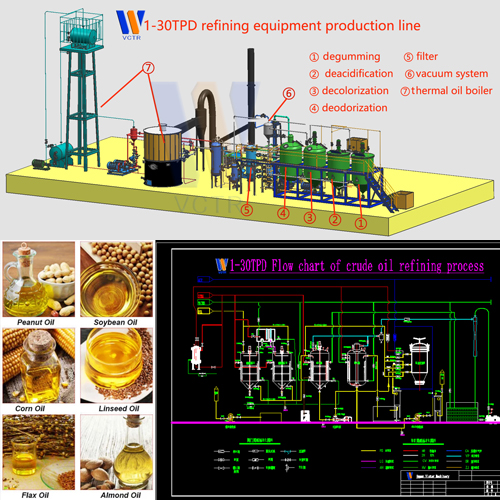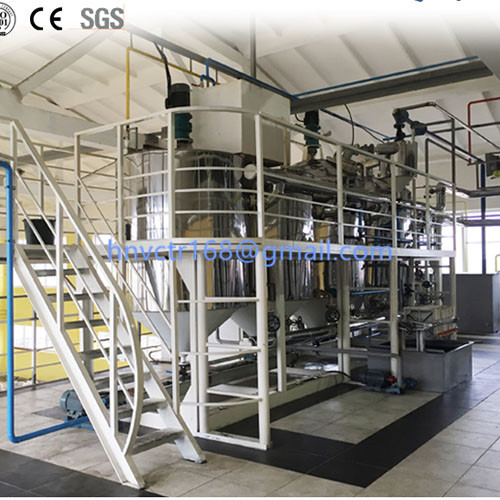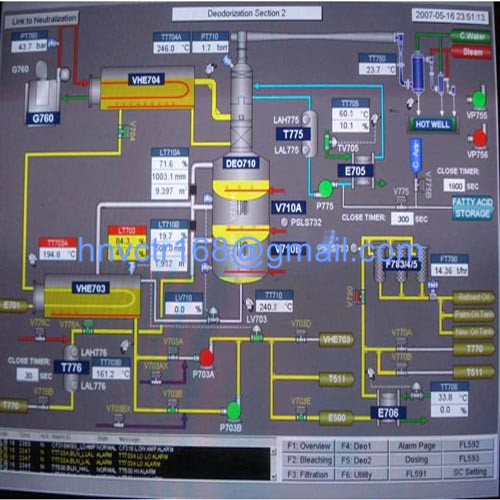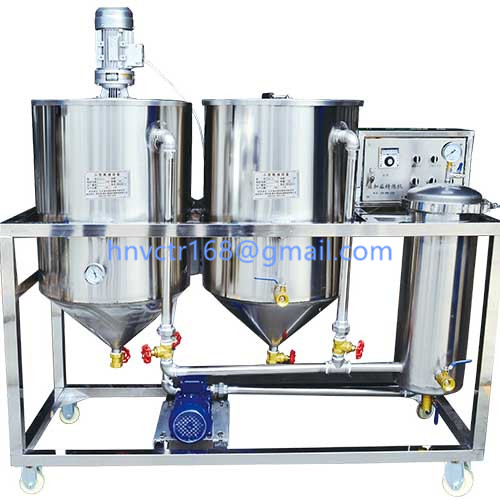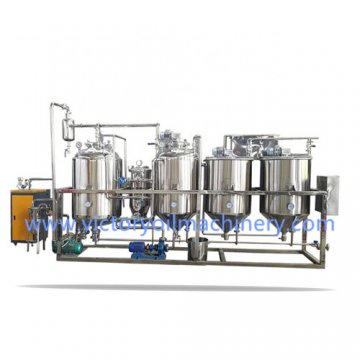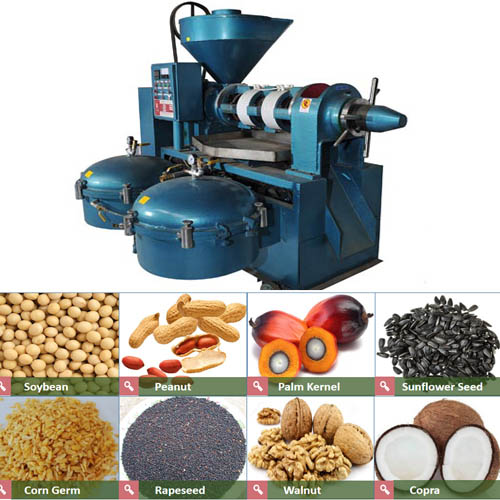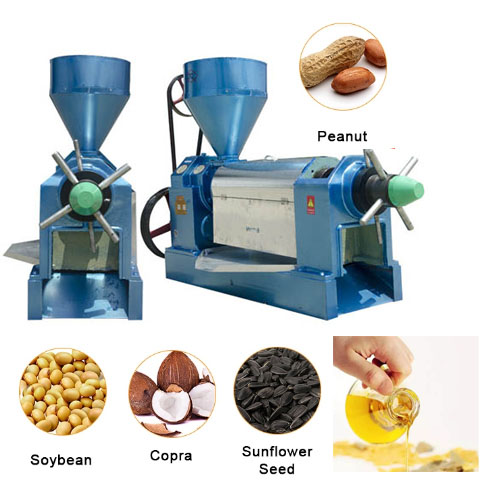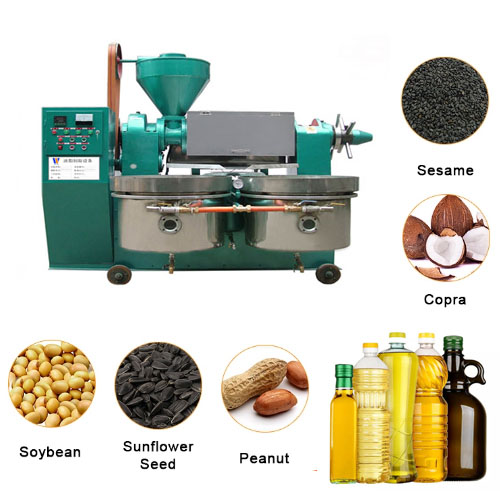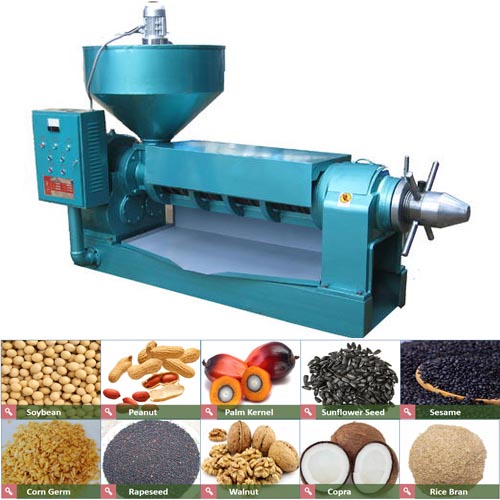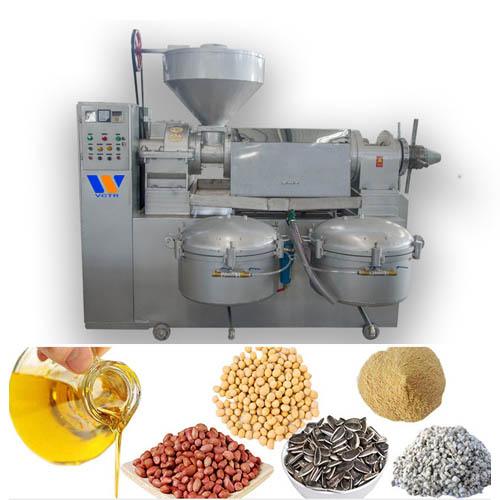What are the safe storage technologies for oils?
Oil safe storage technology
Preventing the oxidation of refined oil is the key to prolonging the storage period of oil. The factors that promote the oxidation and deterioration of oil include oxygen, heating, light radiation, and oxidation-supporting metals. To delay the oxidation of oil, it is necessary to minimize the influence of these unfavorable factors on the oil when possible. There are many safe preservation measures for oil, including low-temperature oil storage, full tank storage oil, vacuum storage oil, adding antioxidants, nitrogen filling storage, and so on.
1. Oil safe storage-Low temperature oil storage technology
Preventing the oxidation of refined oil is the key to prolonging the storage period of oil. The factors that promote the oxidation and deterioration of oil include oxygen, heating, light radiation, and oxidation-supporting metals. To delay the oxidation of oil, it is necessary to minimize the influence of these unfavorable factors on the oil when possible. There are many safe preservation measures for oil, including low-temperature oil storage, full tank storage oil, vacuum storage oil, adding antioxidants, nitrogen filling storage, and so on.
1. Oil safe storage-Low temperature oil storage technology
Temperature plays an important role in the oxidation of oil. Low-temperature oil storage is to reduce the environmental temperature of oil storage. When rebuilding or building existing oil tanks, large-capacity, semi-underground or pergola oil tanks should be built as much as possible; the tank body is sprayed with silver paint to reduce the temperature of the oil tank due to sunlight Impact. Low-temperature storage has obvious effects on long-term storage of oil, but the cost of infrastructure construction is high.
2. Oil safe storage-Full tank oil storage technology
2. Oil safe storage-Full tank oil storage technology
The cylinder oil storage tank is designed with a "persten" shaped roof and is equipped with a breathing valve. When the tank is full of oil during operation, only a certain amount of space for volume change caused by temperature difference is left, and all valves are closed after the oil is in place.
3. Oil safe storage-Vacuum oil storage technology
3. Oil safe storage-Vacuum oil storage technology
Vacuum oil storage is to completely isolate the contact between oil and air, evacuating the air inside the oil tank, so that the oil is in a vacuum state. Vacuum oil storage technology has relatively high requirements for the strength of oil tanks. Generally speaking, for ordinary oil tanks with a wall thickness of 4mm, the vacuum degree should not exceed 26.7KPa;
Adopting the vacuum oil storage technology with full tank storage capacity can extend the oil storage period by more than 2 years compared with conventional storage, but this method has a high engineering investment.
4. Oil safe storage-Add antioxidant technology
Adopting the vacuum oil storage technology with full tank storage capacity can extend the oil storage period by more than 2 years compared with conventional storage, but this method has a high engineering investment.
4. Oil safe storage-Add antioxidant technology
The oxidation of fats and oils is accelerated by the formation of free radicals. Adding certain chemical substances to the oils to block the free radical reaction can inhibit or delay the auto-oxidation process of the oils. The added substances are antioxidants.
Antioxidants must be added after the oil is refined and before the chain reaction. When the free radicals have been formed, adding antioxidants will not help. Therefore, the timing of adding antioxidants must be strictly controlled, and at the same time, the antioxidants should be fully dissolved and dispersed in the oils, otherwise it will affect the antioxidant effect. Although the cost of using antioxidants is low, they can only prevent or delay the oxidation of oils or fat food, and their effect is limited.
5.Oil safe storage-Inert gas filling technology
Antioxidants must be added after the oil is refined and before the chain reaction. When the free radicals have been formed, adding antioxidants will not help. Therefore, the timing of adding antioxidants must be strictly controlled, and at the same time, the antioxidants should be fully dissolved and dispersed in the oils, otherwise it will affect the antioxidant effect. Although the cost of using antioxidants is low, they can only prevent or delay the oxidation of oils or fat food, and their effect is limited.
5.Oil safe storage-Inert gas filling technology
Filling the oil packaging container with inert gas can reduce the oxygen content in the package as much as possible, which is an effective means to improve the storage stability of grease. The commonly used inert gas is nitrogen or carbon dioxide; the commonly used method is to use nitrogen in an oil tank for storage. Before the grease enters the oil tank, nitrogen is introduced to replace the oxygen in the oil tank, and the environment in the oil tank is nitrogen as much as possible. Nitrogen cannot be stopped during the infusion of oil. The addition of nitrogen can exhaust the dissolved oxygen in the oil. After all the oil is filled, the nitrogen is added consistently, so that the remaining space in the upper part of the oil tank is in a nitrogen environment. These all require the container to have good sealing performance and withstand the pressure of nitrogen flushing. In addition, special attention should be paid to the fact that there is basically no oxygen in nitrogen. Therefore, in the maintenance of large-scale nitrogen-protected containers, the oil tank must be thoroughly ventilated to prevent suffocation accidents from entering the interior.
Although low-temperature oil storage technology and vacuum oil storage technology have certain effects, the investment is large and it is difficult to promote at present.
Solve the problem of oil oxidation by adding antioxidants or deoxidizers, and there will inevitably be the problem of drug residues.
Compared with other oil storage technologies, nitrogen filling technology has the advantages of high efficiency, safety, economy and simplicity, and remarkable economic and social efficiency. It can be said that nitrogen flushing technology represents the development direction of modern oil storage technology to a certain extent.
In short, reasonable storage conditions and stabilization measures for the refined oil are effective methods to prevent oxidation of the refined oil and improve the stability of the oil.
Although low-temperature oil storage technology and vacuum oil storage technology have certain effects, the investment is large and it is difficult to promote at present.
Solve the problem of oil oxidation by adding antioxidants or deoxidizers, and there will inevitably be the problem of drug residues.
Compared with other oil storage technologies, nitrogen filling technology has the advantages of high efficiency, safety, economy and simplicity, and remarkable economic and social efficiency. It can be said that nitrogen flushing technology represents the development direction of modern oil storage technology to a certain extent.
In short, reasonable storage conditions and stabilization measures for the refined oil are effective methods to prevent oxidation of the refined oil and improve the stability of the oil.

